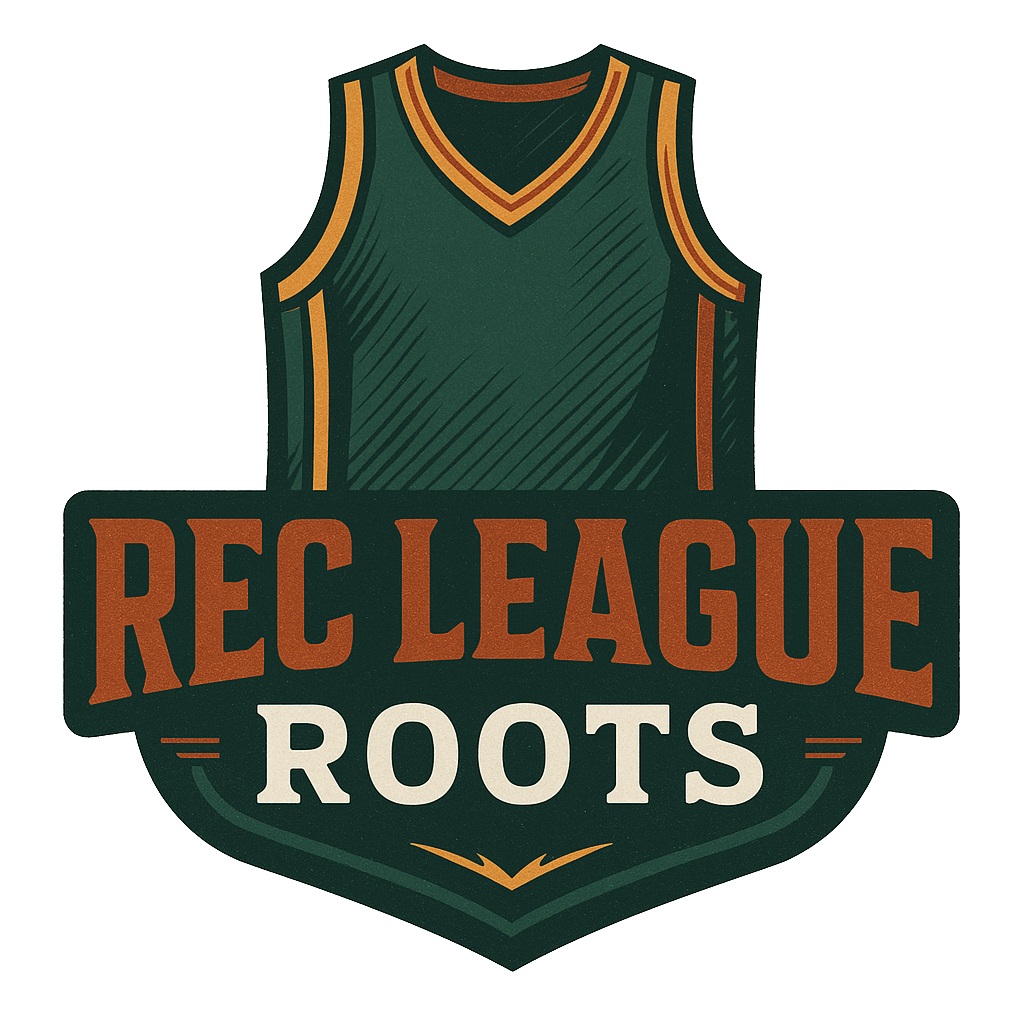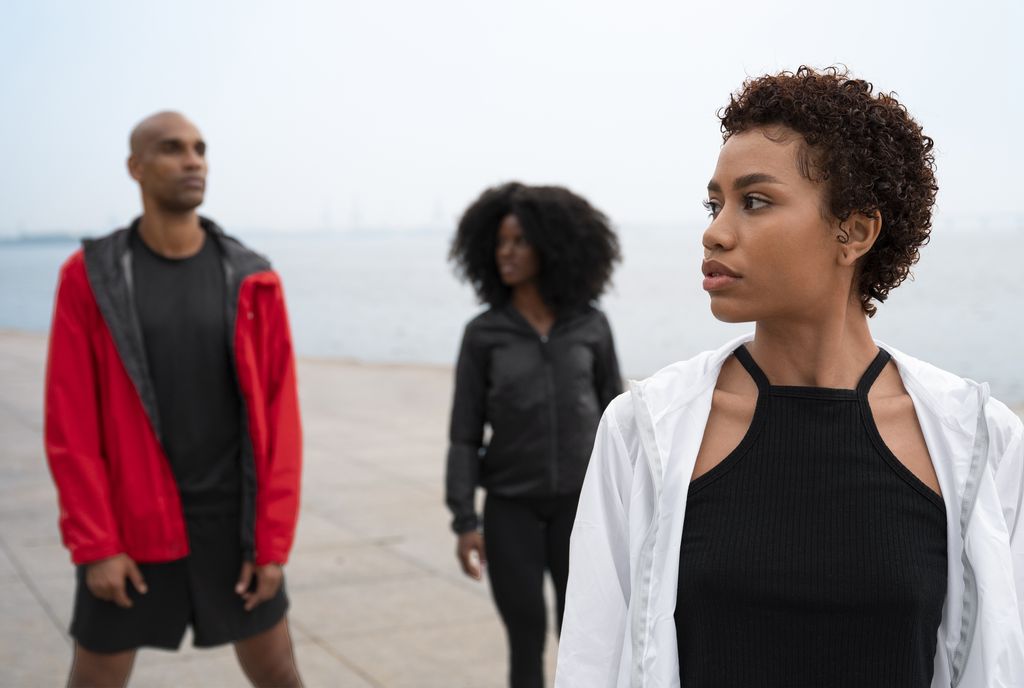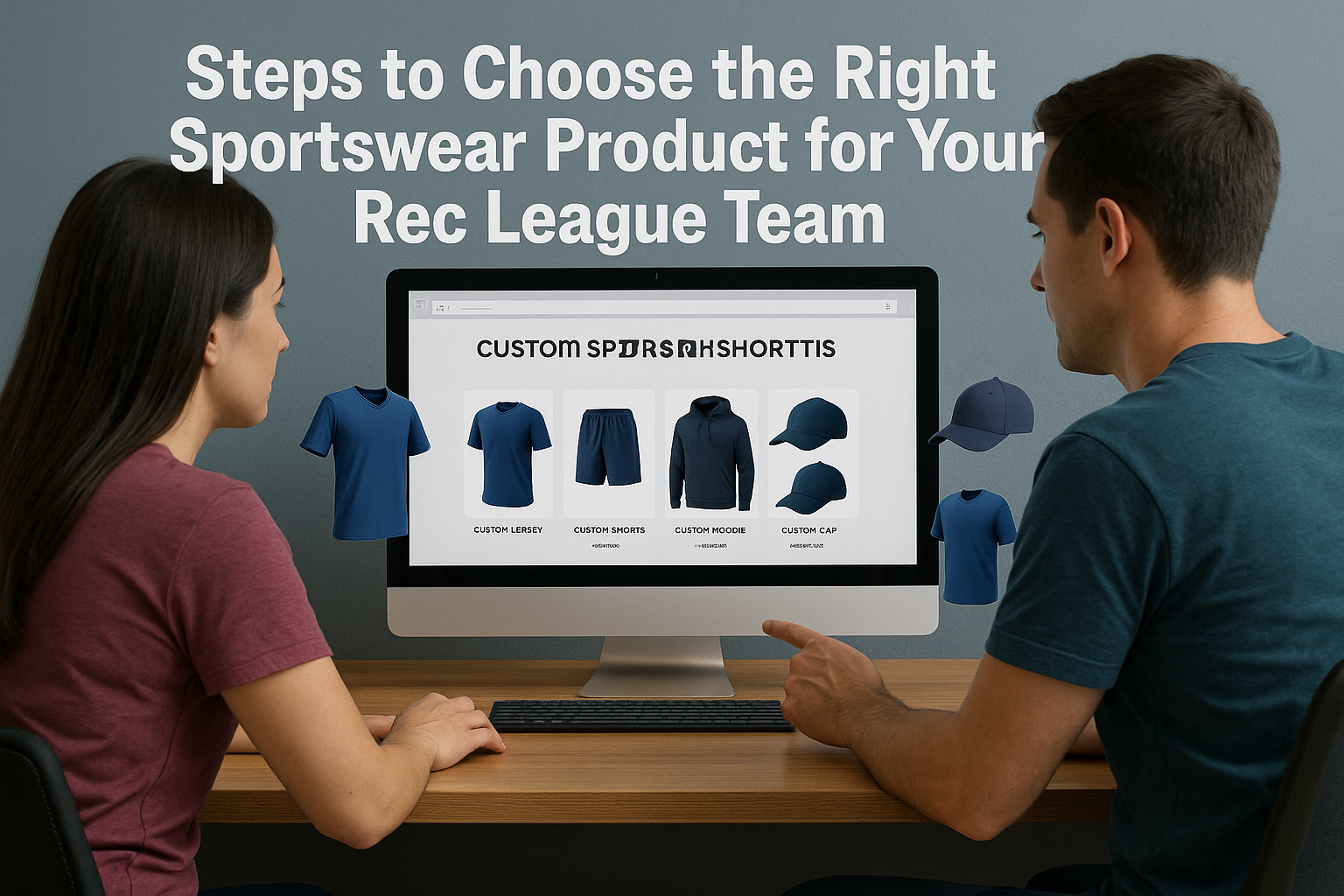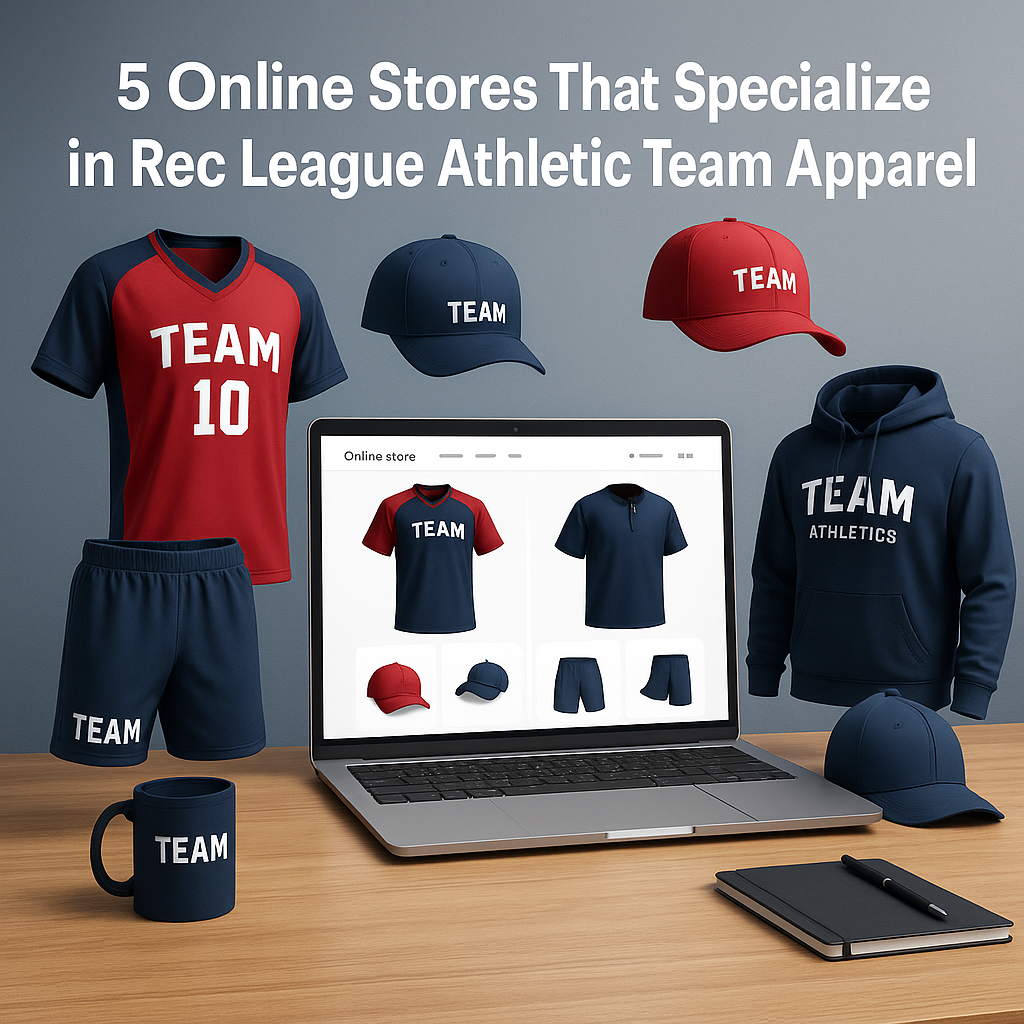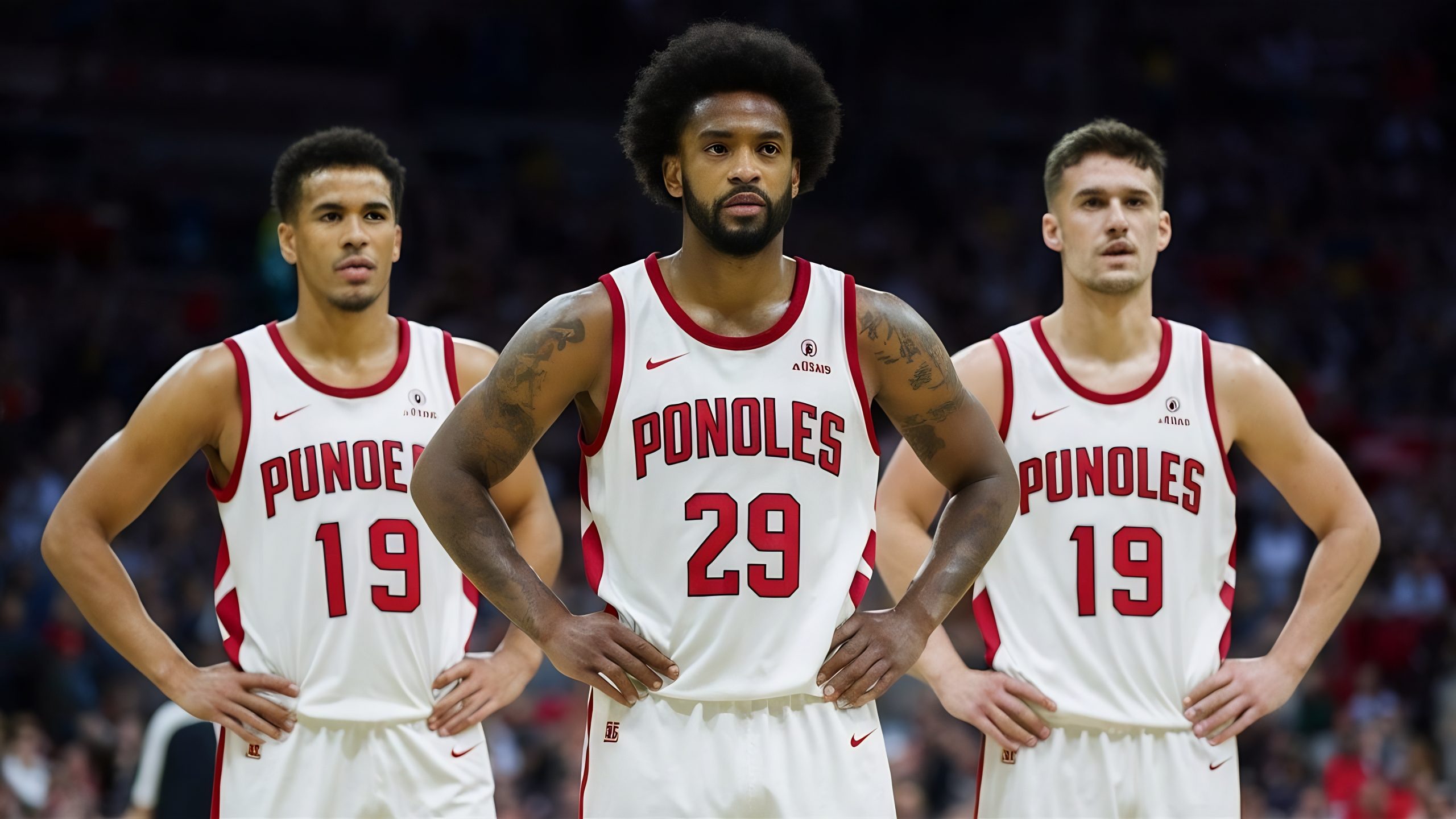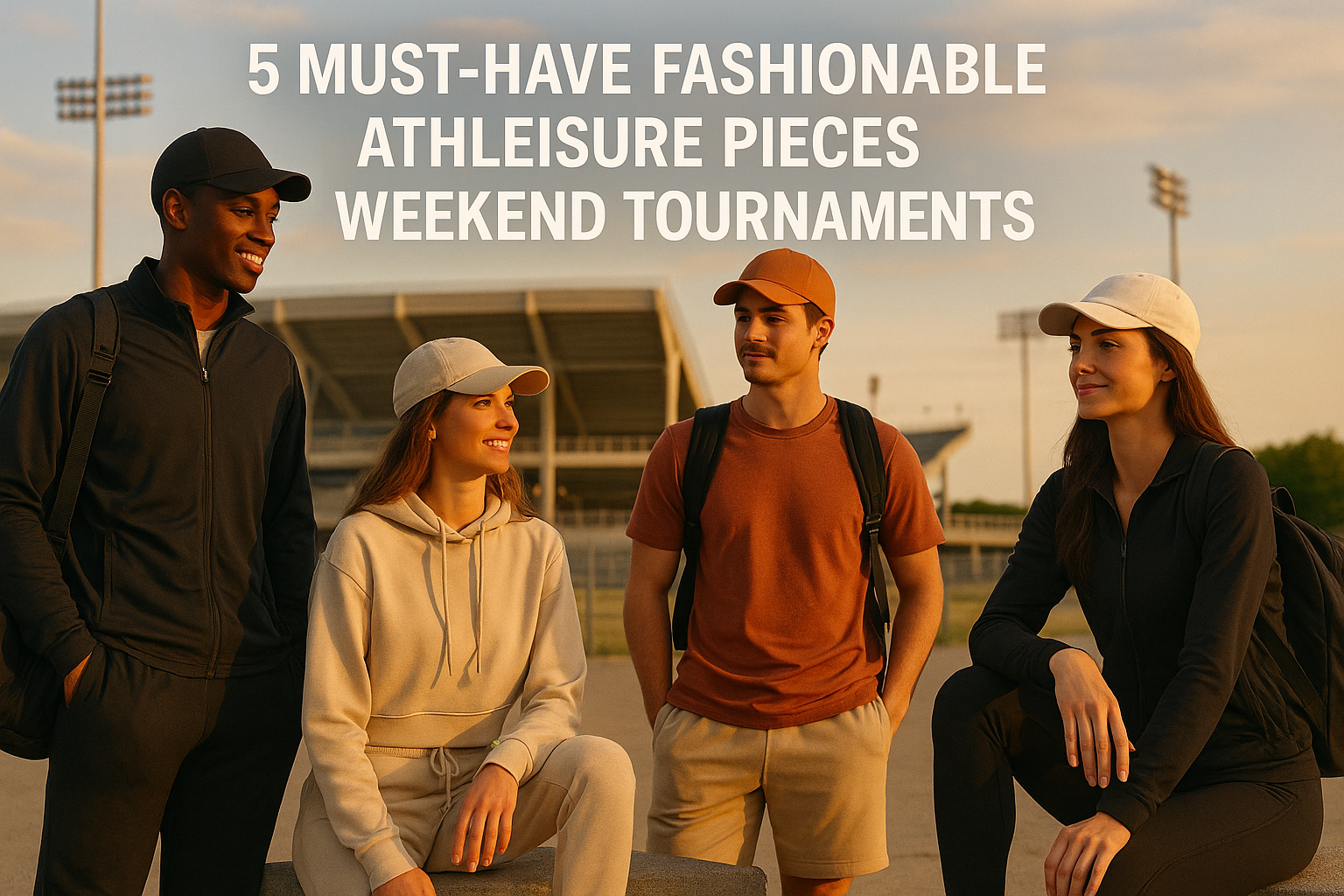The global athleisure market continues to boom, and small brands are finding new opportunities to stand out with creative designs and sustainable practices. According to reports, the global athleisure market is projected to grow from $403.64 billion in 2025 to $624.75 billion by 2030, signaling that more people are blending comfort and sporting performance into their everyday wardrobes.
This rapid expansion opens the door for startups and emerging labels to put their stamp on this thriving category. In this post, we will explore how fashionable athleisure is evolving and highlight eight important trends every small brand should keep an eye on. Whether you’re launching a new line of gear or seeking fresh design ideas, these concepts can guide you to create stronger collections that stand out in a crowded marketplace.
Beyond pure style, consumers are paying more attention to how their clothes are made. In fact, about 70% of athletic apparel shoppers say sustainability is a key factor in their buying decisions.
Women’s activewear is also growing rapidly, with a faster rate (7% CAGR) than men’s (4%), suggesting a strong need for inclusive, versatile designs. As you read on, you’ll gain insights into the materials, manufacturing trends, and design strategies that make fashionable athleisure a brilliant space for innovation.
Embracing Sustainable Fashionable Athleisure
Sustainability in athleisure is no longer a nice extra—it’s quickly becoming a core demand from consumers. The sustainable athleisure market is expected to grow from $101.27 billion in 2024 to $109.99 billion in 2025, reflecting how eco-consciousness directly influences buying behavior.
For small brands, one appealing strategy is turning to recycled polyester, organic cotton, and biodegradable materials to reduce environmental impact. Known for its eco-friendly twist, Girlfriend Collective uses recycled plastic bottles to create soft, functional leggings, showcasing how reclaimed materials can still offer top performance.
Another growing part of this trend is circular fashion, in which garments are designed to last longer and can be reused, resold, or recycled. Patagonia, for instance, encourages consumers to repair gear and return pieces they no longer wear. This keeps items in use and lowers overall waste.
Such brand philosophies build loyalty in a world where 30% of all athletic apparel sales now fall under athleisure. With consumers spending around $130 annually on athletic apparel, a commitment to sustainability can be a major draw for shoppers looking for better options.
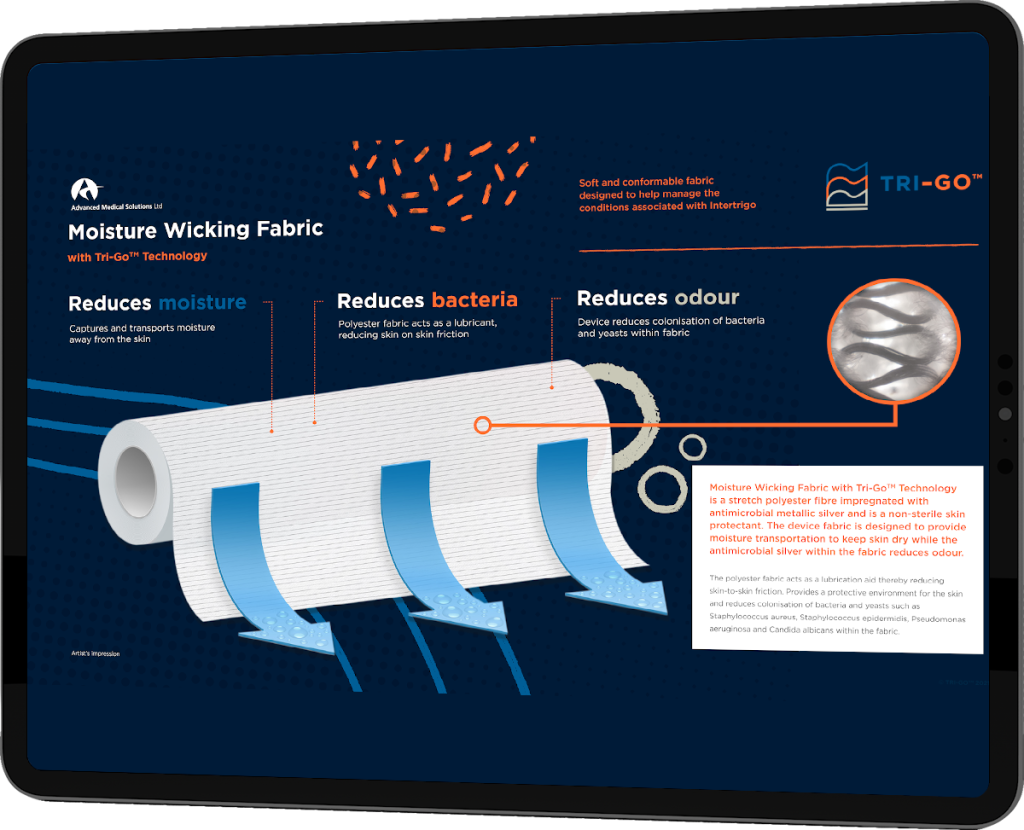
Boosting Performance with Smart Fashionable Athleisure
Shoppers want clothes that do more than look good—they want performance pieces that work as hard as they do. Enter smart textiles: garments embedded with technology to offer new functionalities like moisture-wicking, temperature regulation, and even muscle recovery features.
Global sportswear leaders such as Nike and Under Armour have led the charge by experimenting with sensor-based fabrics that can track important metrics. Under Armour, for example, is exploring the possibilities of wearable technology that can improve the workout experience.
For smaller brands eager to make an impact, advanced software tools can simplify design and development of smart materials. CLO 3D and Optitex allow teams to plan, visualize, and tweak designs without wasting physical samples—a more efficient, sustainable approach.
Tech packages can also be managed through platforms like Techpacker, which helps coordinate material details, measurements, and manufacturing notes. When it comes to choosing chemicals or coatings, resources such as the Sustainable Apparel Coalition’s Higg Index guide brands on selecting methods to reduce their environmental footprints. By tapping into these digital solutions, you can find the sweet spot of performance and style within the fashionable athleisure realm.
Inclusive And Gender-Neutral Fashionable Athleisure
The next big wave in fashionable athleisure is inclusivity, which addresses a market resistant to one-size-fits-all thinking. Women’s athletic apparel is already growing at a faster clip than men’s, and brands are catering to varied shapes, heights, and body types. Inclusive sizing ensures that more consumers will find pieces that fit, boosting brand loyalty.
Girlfriend Collective is a solid example, offering extended sizes without sacrificing style or sustainability. At the same time, Lululemon, recognized for high-quality leggings, continues to improve its selection to accommodate all body styles and activity levels.
Gender-neutral designs are also becoming more popular, as they appeal to a broader audience. Pangaia and Adidas are two brands that frequently release unisex collections. By focusing on streamlined silhouettes and neutral color palettes, these labels allow customers to enjoy items without feeling restricted by typical gender norms.
Some designers use tools like the Pantone Color Finder to identify shades that resonate with all genders, making it easier for new companies to match on-trend palettes to their collections. This approach not only broadens who can enjoy your lineup but also underscores your brand’s commitment to inclusivity and acceptance.
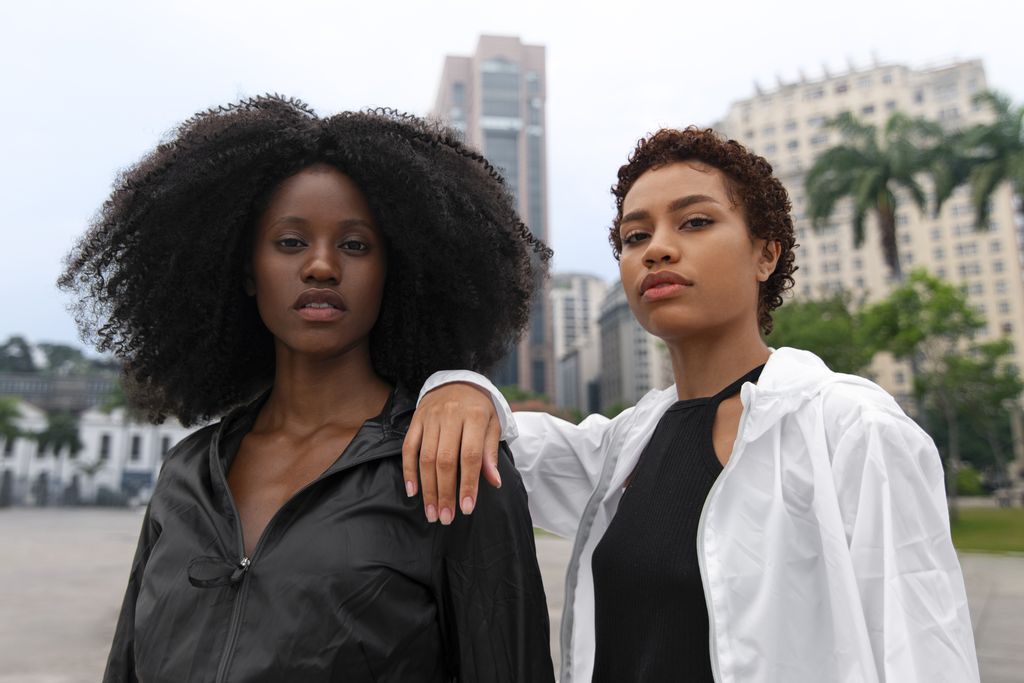
Versatile and Stylish Fashionable Athleisure for Everyday
Long gone are the days when athletic gear belonged solely in the gym. One reason athleisure wear accounts for about 30% of total athletic apparel sales is that consumers want pieces to serve multiple needs.
Whether they’re running errands, heading to the office, or meeting friends, people appreciate clothing that transitions smoothly from one setting to the next. Brands such as Vuori and Allbirds thrive on making items that deliver comfort, shape retention, and a polished finish—fitting just as easily into a coffee date as they do into a light workout.
To keep your own collections versatile, aim for layering options that blend seamlessly into everyday wardrobes. Think moisture-wicking tops that pair well with streetwear favorites, or lightweight jackets that can be dressed up with jeans or worn over leggings.
Under Armour and Ministry of Supply have also dived into temperature-regulating fabrics that help pieces perform across different seasons. A minimalist approach to design can be appealing here—using neutral or carefully chosen colors so garments can mix and match easily.
Since the rental and resale market for athletic apparel is expected to keep growing at about 12% through 2028, designing items that stay fashionable for longer cycles will give you a competitive advantage.
- Transitional Day-to-Night: Offering subtle detailing—like a hidden zipper or refined seam—makes an outfit more office-friendly, yet still sporty enough for quick exercise sessions.
- Minimalist Designs: Keeping patterns simple helps your line blend into everyday outfits, boosting the product’s value.
If your brand embraces these versatile concepts, your customers will feel confident wearing your pieces any time of day. Whether you specialize in leggings, tops, or footwear, merging style and functionality is the ultimate goal in fashionable athleisure.
Conclusion
As the athleisure category continues to grow and evolve, keeping an eye on these eight trends can help small brands secure a strong foothold in the marketplace. From sustainability and smart textiles to gender-neutral styles and versatile day-to-night pieces, fashionable athleisure has become a prime opportunity for brands eager to make their mark.
By mixing performance-enhancing innovations with thoughtful design, you can create items that resonate with today’s blend of casual living, eco-consciousness, and active lifestyles.
The numbers speak for themselves: consumers across the globe are spending more on activewear built to last, while the Asia-Pacific region remains a fast-rising market at a CAGR of 9.6% from 2022 to 2027. Many customers expect inclusivity in sizing, while also looking for designs that won’t harm the planet.
Tools like the Sustainable Apparel Coalition’s Higg Index, CLO 3D, and Techpacker can set you on the right path, helping you refine your designs for maximum impact. Whether you are an emerging designer exploring your first collection or a budding label wanting to expand, fashionable athleisure offers unique opportunities to shine.
By incorporating these trends into your brand’s strategy, you’ll be ready to thrive in this ever-growing segment.
